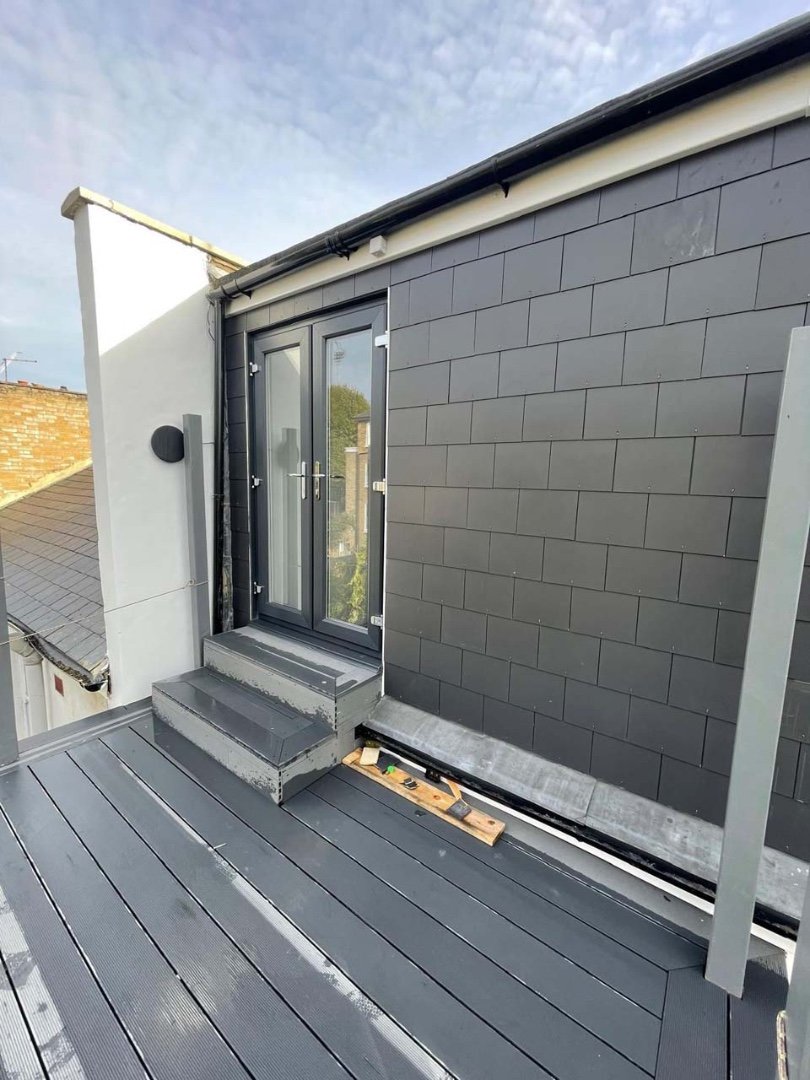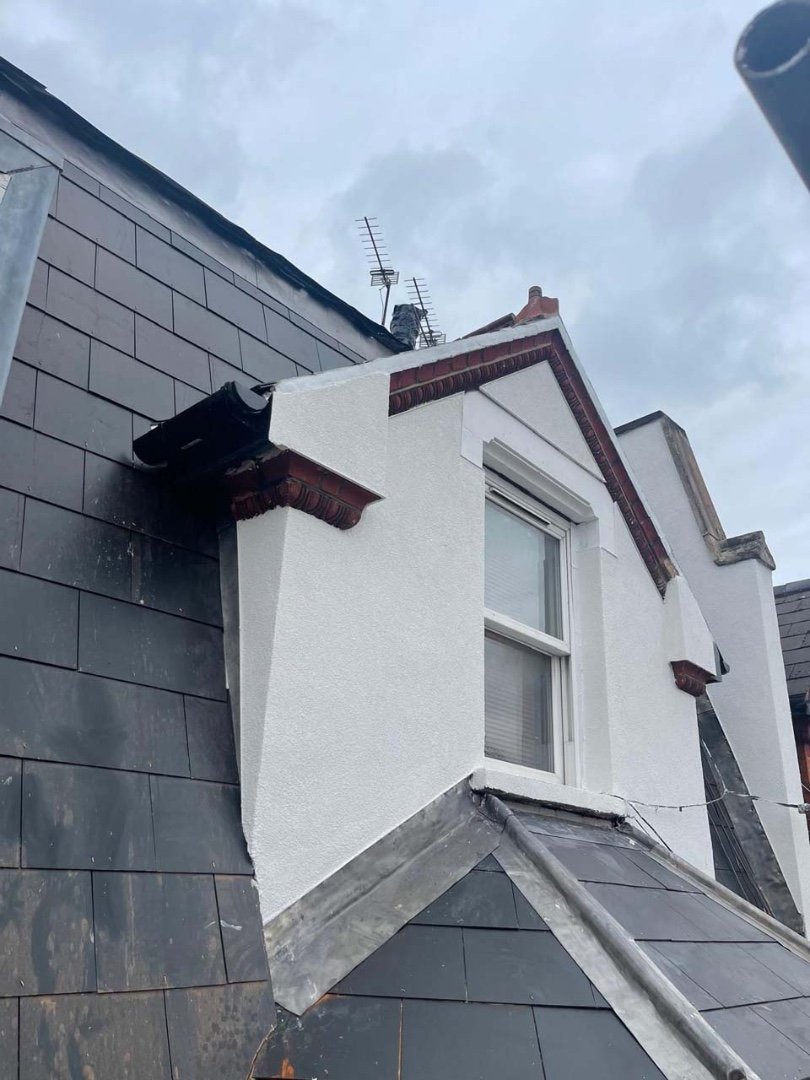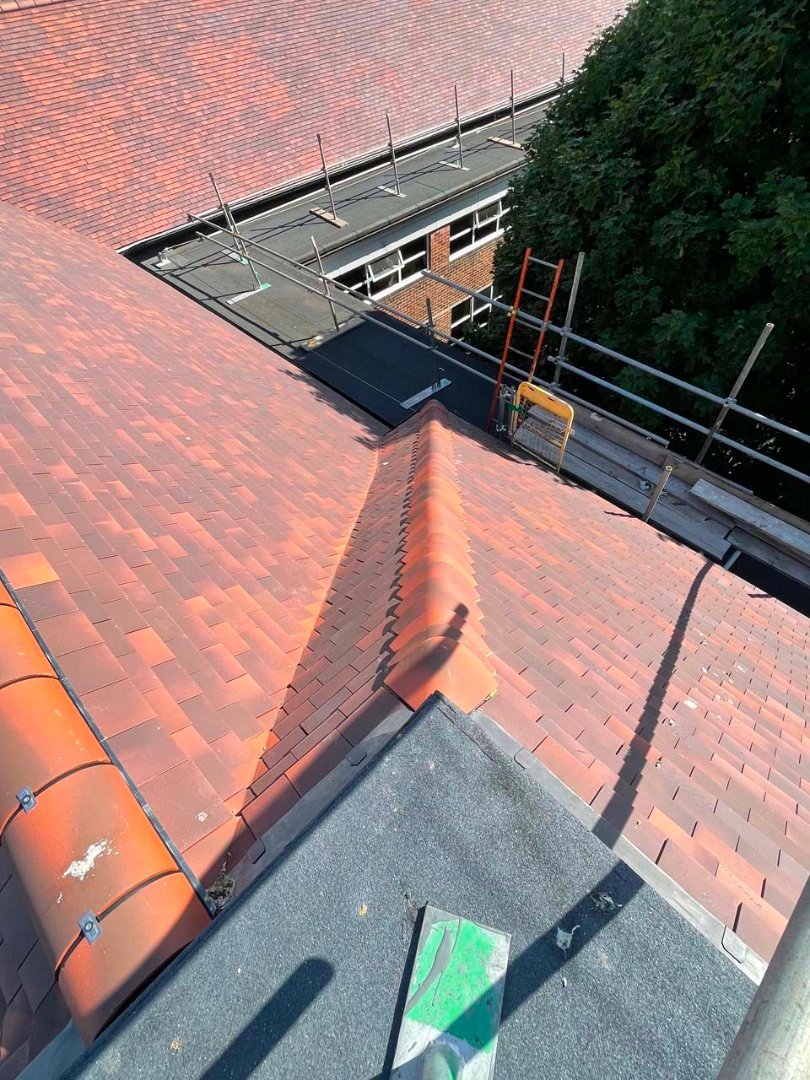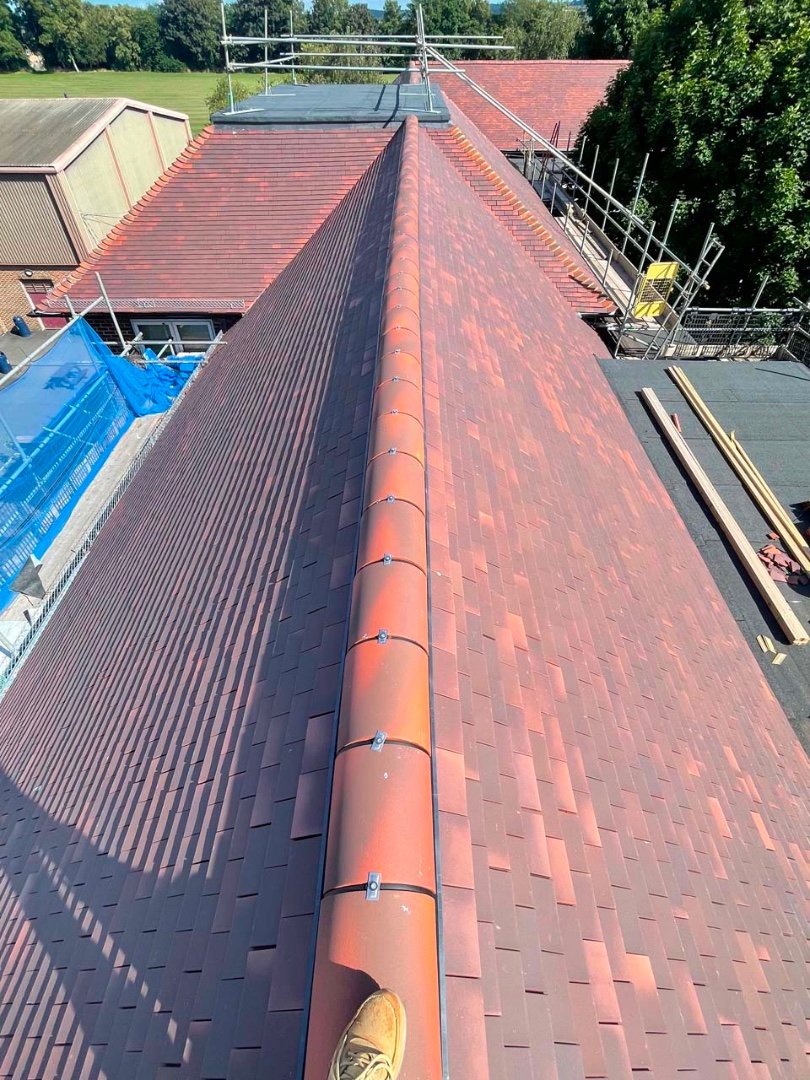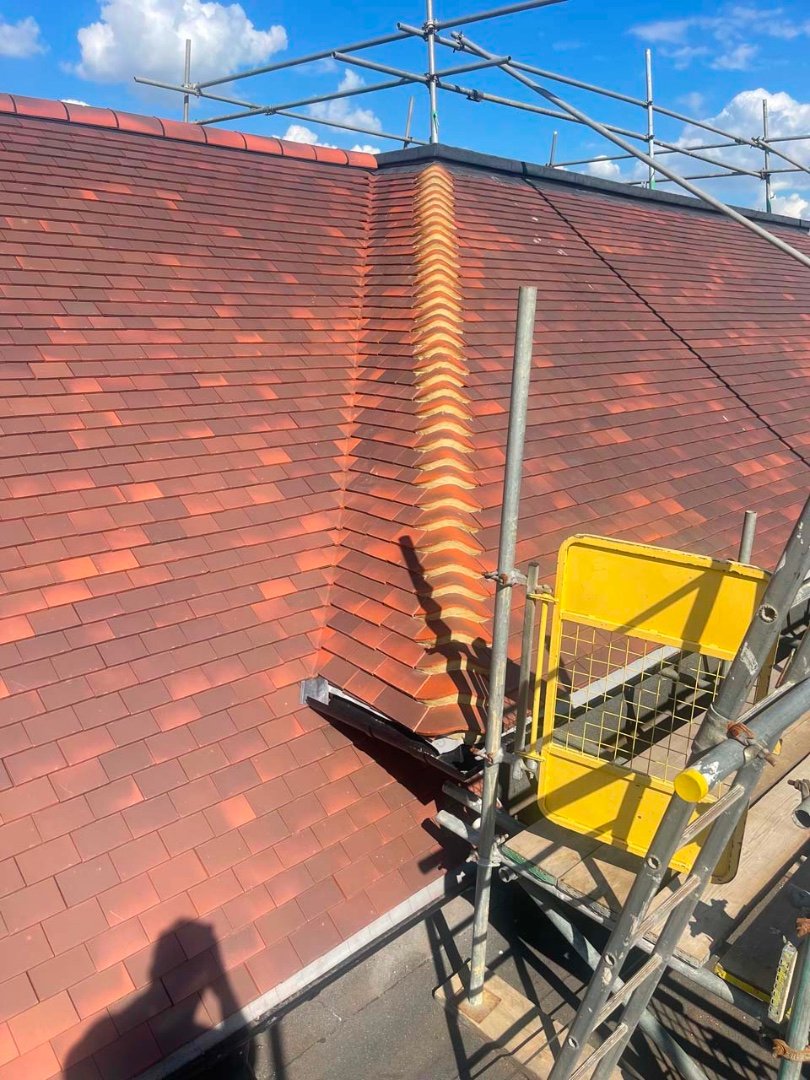Roof Replacement
A roof replacement is a significant investment that can enhance your home’s protection, value, and energy efficiency. Whether your roof has reached the end of its lifespan or has suffered irreparable damage, replacing it ensures your home remains secure and weatherproof. This guide provides a comprehensive overview of the roof replacement process, costs, materials, and maintenance tips to help you make an informed decision.
When Is Roof Replacement Necessary?
While repairs can address minor issues, a complete roof replacement may be the best option in the following cases:
- Old Age
- Asphalt shingle roofs last 20–25 years.
- Slate, tile, and metal roofs can last 40–100 years, depending on maintenance.
- Frequent Leaks
- Widespread Damage
- Water Damage
- Storm Damage
Persistent leaks indicate that the roofing system has failed, requiring a full replacement.
Extensive missing tiles, sagging, or large cracks are signs that the roof structure is compromised.
If water has penetrated the roof deck and caused mold, rot, or structural weakening, a replacement is essential.
Severe storms can cause extensive damage, making roof replacement more cost-effective than piecemeal repairs.
Types of Roofing Materials for Roof Replacement
Choosing the right material is crucial for the durability and appearance of your new roof. Here’s an overview of the most popular options:
- Asphalt Shingles
- Lifespan: 20–25 years
- Pros: Affordable, easy to install, available in various colors.
- Cons: Prone to damage in extreme weather.
- Slate Tiles
- Lifespan: 50–100 years
- Pros: Extremely durable, fire-resistant, and visually appealing.
- Cons: Expensive and heavy, requiring reinforced roof structures.
- Clay and Concrete Tiles
- Lifespan: 40–60 years
- Pros: Durable, resistant to heat and fire, low maintenance.
- Cons: Heavy and more expensive than asphalt.
- Metal Roofing
- Lifespan: 40–70 years
- Pros: Lightweight, energy-efficient, recyclable, and highly durable.
- Cons: Higher initial cost and noise during rain unless soundproofed.
- EPDM Rubber Roofing (for Flat Roofs)
- Lifespan: 25–30 years
- Pros: Flexible, waterproof, and cost-effective for flat roofs.
- Cons: Can puncture easily if not properly maintained.
- GRP Fibreglass Roofing (for Flat Roofs)
- Lifespan: 20–30 years
- Pros: Seamless, watertight, and highly resistant to leaks.
- Cons: Higher installation cost compared to felt roofing.
The Roof Replacement Process
- Initial Inspection and Assessment
- Choosing Materials and Obtaining Permits
- Old Roof Removal
- Installation of Underlayment and New Roof
- Final Inspection and Clean-Up
A professional roofer will assess the condition of your roof and provide a detailed report on whether replacement is necessary.
Select the roofing material and finish based on your budget and preferences. Your contractor will handle any required permits.
The old roofing material is stripped off, and any damaged decking or underlayment is replaced.
A waterproof membrane or felt underlayment is laid to prevent leaks. The new roofing material is installed according to manufacturer specifications.
Once the installation is complete, the roofer will perform a final inspection to ensure the roof is watertight and meets all standards.
Roof Replacement Costs
The cost of a roof replacement varies based on the material, roof size, and location. Here’s an estimated breakdown:
- Asphalt Shingles: £5,000 – £10,000 (for an average-sized home)
- Slate Roof: £12,000 – £25,000+
- Clay or Concrete Tiles: £10,000 – £18,000
- Metal Roofing: £9,000 – £20,000
- EPDM Flat Roof: £3,000 – £6,000 (depending on size)
- GRP Fibreglass Flat Roof: £4,000 – £8,000
Factors Affecting Roof Replacement Costs
- Roof Size and Complexity
- Material Choice
- Location
- Removal of Old Roof
- Structural Repairs
Larger roofs or those with multiple valleys, dormers, or chimneys require more materials and labor.
Premium materials like slate or metal cost significantly more than asphalt shingles or felt.
Roofing costs may vary depending on your location due to labor rates and material availability.
The cost of stripping and disposing of the old roof can add to the overall price.
If the roof deck or insulation is damaged, additional repairs may be necessary.
Benefits of Roof Replacement
- Increased Property Value: A new roof can enhance your home’s curb appeal and resale value.
- Energy Efficiency: Modern roofing materials provide better insulation, reducing energy bills.
- Improved Safety: A new roof eliminates the risk of leaks, sagging, and structural damage.
- Weather Resistance: Updated materials offer superior protection against extreme weather conditions.
Roof Replacement vs. Repairs: When to Decide
- Choose Repairs If: The damage is isolated (e.g., a few missing tiles or a small leak).
- Choose Replacement If: The roof is older than 20 years, has widespread damage, or requires frequent repairs.
Roof Maintenance Tips After Replacement
- Regular Inspections: Check for missing tiles, cracks, or debris buildup at least twice a year and after storms.
- Clean Gutters and Downspouts: Ensure gutters are clear of debris to allow water to flow away from the roof.
- Trim Overhanging Trees: Prevent branches from scraping the roof or dropping debris that can cause blockages.
- Avoid Walking on the Roof: Limit foot traffic to prevent accidental damage, especially with tile or slate roofs.
- Schedule Professional Maintenance: Hire a roofer for annual inspections to catch any minor issues before they escalate.
Conclusion
A roof replacement is a valuable investment that enhances the safety, durability, and energy efficiency of your home. Whether you opt for asphalt shingles, slate, or a metal roof, choosing the right materials and professional roofing contractors is essential for a long-lasting installation. By addressing roof issues promptly and maintaining your new roof with regular inspections and cleaning, you can ensure it remains in top condition for decades.


